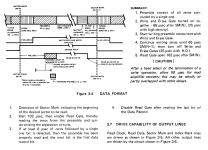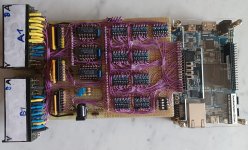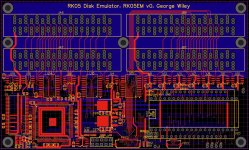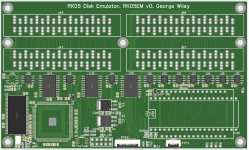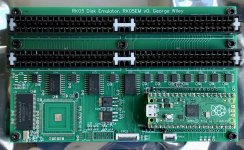Al Kossow
Documentation Wizard
here are the timing specs for the diablo sync fields in a sector
header and data and bit order in the sector data are dependent on the format implemented by the controller
the information manual on the model 30 mentions 8-24 sectors are supported
quickly looking, i've seen 8,12,16 and 24 sectors used by various systems. 12 is used on pdp-11s, 16 on pdp-8s
header and data and bit order in the sector data are dependent on the format implemented by the controller
the information manual on the model 30 mentions 8-24 sectors are supported
quickly looking, i've seen 8,12,16 and 24 sectors used by various systems. 12 is used on pdp-11s, 16 on pdp-8s

